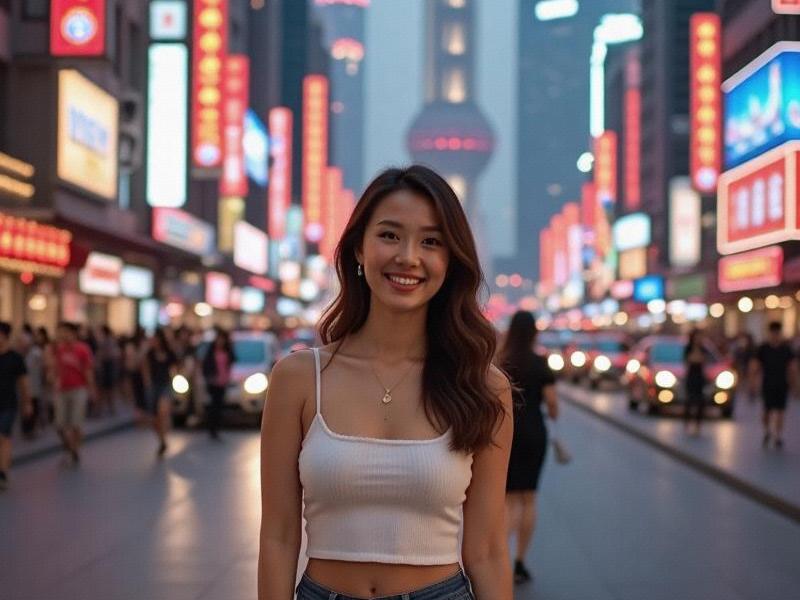This 2,500-word special report examines how Shanghai is reinventing itself as a model 21st century metropolis while preserving its unique cultural heritage, featuring insights from urban planners, tech innovators, and longtime residents.

The Huangpu River's opposing shores tell Shanghai's story in architectural shorthand: the historic Bund's neoclassical facades mirroring Pudong's futuristic skyline. This visual duality encapsulates a city perpetually negotiating between past and future, East and West, tradition and innovation.
Section 1: The Smart City Revolution (600 words)
• AI-powered urban management systems handling 87% of municipal operations
• World's largest 5G-enabled autonomous vehicle network
• Blockchain integration in property and financial transactions
• Digital twin technology for urban planning simulations
Section 2: Architectural Time Capsules (550 words)
上海花千坊爱上海 - Adaptive reuse of 1930s shikumen residences as boutique hotels
- The Bund's hidden structural reinforcement technologies
- Ultra-modern temples blending Buddhist tradition with parametric design
- Underground city expansion beneath People's Square station
Section 3: Cultural Renaissance (650 words)
• Contemporary art scene's global ascent (Power Station of Art exhibitions)
• Shanghainese dialect preservation through digital platforms
上海品茶论坛 • Michelin-starred xiaolongbao alongside molecular gastronomy
• Jazz revival in restored 1920s ballrooms
Economic Frontiers (500 words)
• Shanghai's fintech sector surpassing London and New York
• Semiconductor self-sufficiency initiatives in Zhangjiang
• Green bond market leadership driving sustainable projects
• "Silicon Huangpu" startup ecosystem attracting global talent
上海贵族宝贝sh1314
Sustainability Innovations (500 words)
• Vertical forest complexes improving air quality
• Electric ferry fleet modernization on Huangpu River
• Waste-to-energy plants powering 300,000 homes
• Solar-paneled historical buildings in the French Concession
"Shanghai doesn't erase its past to build the future," observes urban historian Dr. Emma Qian. "It layers new realities over existing ones, creating a palimpsest of urban experiences that's uniquely Shanghainese."
As dawn breaks over Lujiazui, augmented reality projections bring historical figures to life along the Bund while digital payment systems hum in century-old tea houses. In this laboratory of urban possibility, Shanghai continues to redefine what a global city can be - not through imitation, but through relentless reinvention.